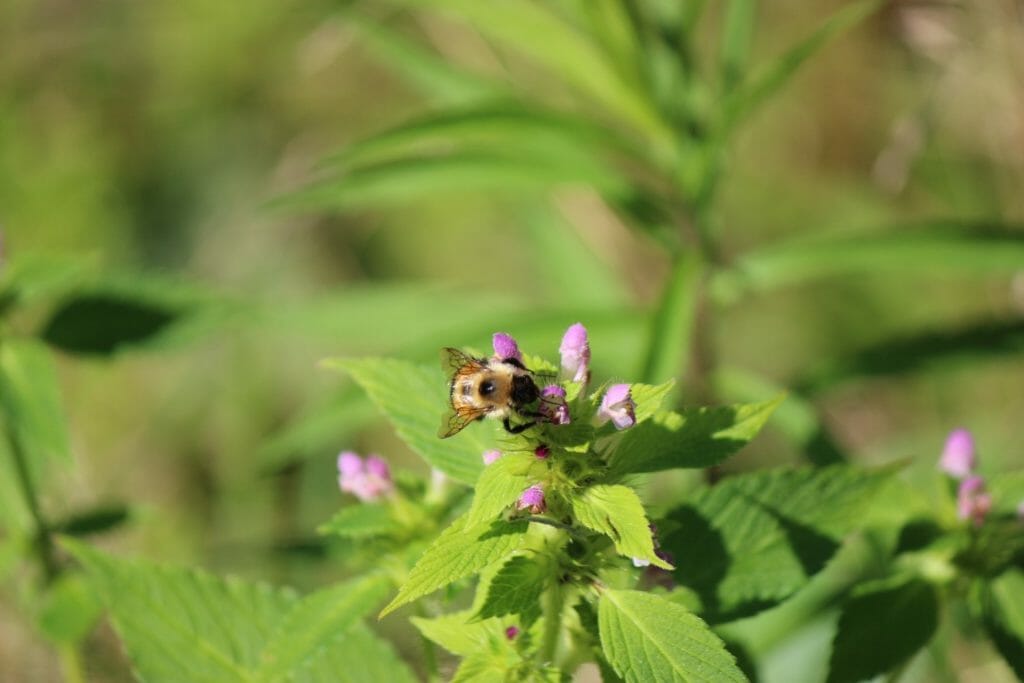
What Halifax is doing for habitat restoration, conservation and biodiversity
Writing plans is not enough
Increasing urban biodiversity is a growing movement that can benefit both human and environmental wellbeing, as having nature in our cities improves our mental health and encourages exercise. Halifax Regional Municipality is working to protect biodiversity, but it could be doing more.
What Halifax is doing
Policy on daylighting rivers (2006)
Daylighting is a growing movement giving previously buried rivers and streams “light” again by returning them to the surface. Daylighting is a form of habitat restoration as it allows different species access to rivers which should have been there naturally.
Fourteen years ago, Halifax adopted a policy to encourage the daylighting of rivers. Daylighting would occur when Halifax needed to repair or replace stormwater infrastructure if it was reasonably feasible. In areas with supportive community groups, the city would consider collaborating to complete a daylighting project.
Since this policy was approved, Halifax has planned to daylight several rivers. One example is the Sawmill River in Dartmouth with the first phase of daylighting completed in 2018. The second phase of the project, daylighting Sawmill Creek below Sullivan’s Pond, is planned to be completed in 2021.
Urban Forest Master Plan (2013)
The Urban Forest Master Plan has goals to conserve native biodiversity in Halifax by maintaining a variety of indigenous tree species. The plan also tries to protect riparian areas (riverbanks) and tree canopies through by-laws. While planting trees will not solve all our conservation needs, it does help increase biodiversity in urban environments. Trees provide habitats for species that can adapt to survive in cities such as songbirds and small mammals.
Regional Municipal Planning Strategy (2014)
The Regional Municipal Planning Strategy has a section on Conservation Design Developments, defined as a way to minimize the effects of development on the environment. This practice will help reduce the effects of greenfield developments (developments on previously undeveloped land) but will not always prevent it.
The Halifax Green Network Plan (2018)
In the Green Network Plan, Halifax says it will “prioritize the preservation and restoration of riparian areas and shoreline vegetation” to help reduce the impacts of climate change. This plan takes the idea of Conservation Design Developments from the Regional Municipal Planning Strategy and furthers it by focusing growth in existing communities to prevent greenfield developments and protect natural areas. This plan effectively identifies the areas most important to protect, to connect fragmented parcels of natural land, creating a network of natural areas. In terms of conservation, the Green Network Plan is the most comprehensive plan Halifax has made. Its policies include protecting habitats and natural resources, connecting protected areas and growing Halifax in a sustainable way.
The Centre Plan (2019)
The recently released Centre Plan also considers how to increase biodiversity in Halifax. One of the main objectives of the environmental section is to “support biodiversity through the conservation and restoration of natural areas, and through site design and landscaping.” Policy 9.6 allows for urban agriculture in certain zones including beekeeping, keeping hens for personal use, and having urban farms to grow and sell food. Policy 9.7, about parks and open spaces, proposes developing policies to include “naturalization and green infrastructure” into park maintenance and “edible landscaping as part of soft landscaping.” Policy 4.12 says Halifax will define where trees should be planted, use green designs to reduce stormwater runoff and allow for more infiltration, choose drought and salt-resistant plants, and prevent invasive species.
The Centre Plan also discusses habitat restoration and the protection of natural spaces. Policy 9.5 says Halifax will protect water by working with “the provincial government and other stakeholders to maintain and restore water quality in lakes and watersheds.” To minimize greenfield development and encourage brownfield development (development on previously developed land) Halifax will limit growth to certain “nodes” such as Shannon Park and Young Street.

What should our next steps be?
People underestimate the impact urban conservation can have. Preserving biodiversity in cities can provide important habitat and help connect fragmented natural areas.
While these plans and policies are all important steps forward for Halifax and should be welcomed, we can always ask, “What else should we be doing?” Some of the goals in the plans are directly related to biodiversity and restoration but, as with all conservation work, the next question is always, “Is this enough?”
Halifax can move forward by creating more zoning by-laws to encourage conservation. For example, “wildlife zoning” can prioritize the needs of species by protecting key habitat areas and habitat corridors to provide connectivity.
Halifax’s plans and policies show the municipality is working to conserve and restore habitats while improving and protecting biodiversity, but writing plans is not enough. Citizens of Halifax need to understand these plans to hold their local representatives accountable to ensure these plans are put into action, and their success is monitored.
Editor’s note: This article was adapted from a paper originally written for the MGMT 4047 Conservation System Design course.






